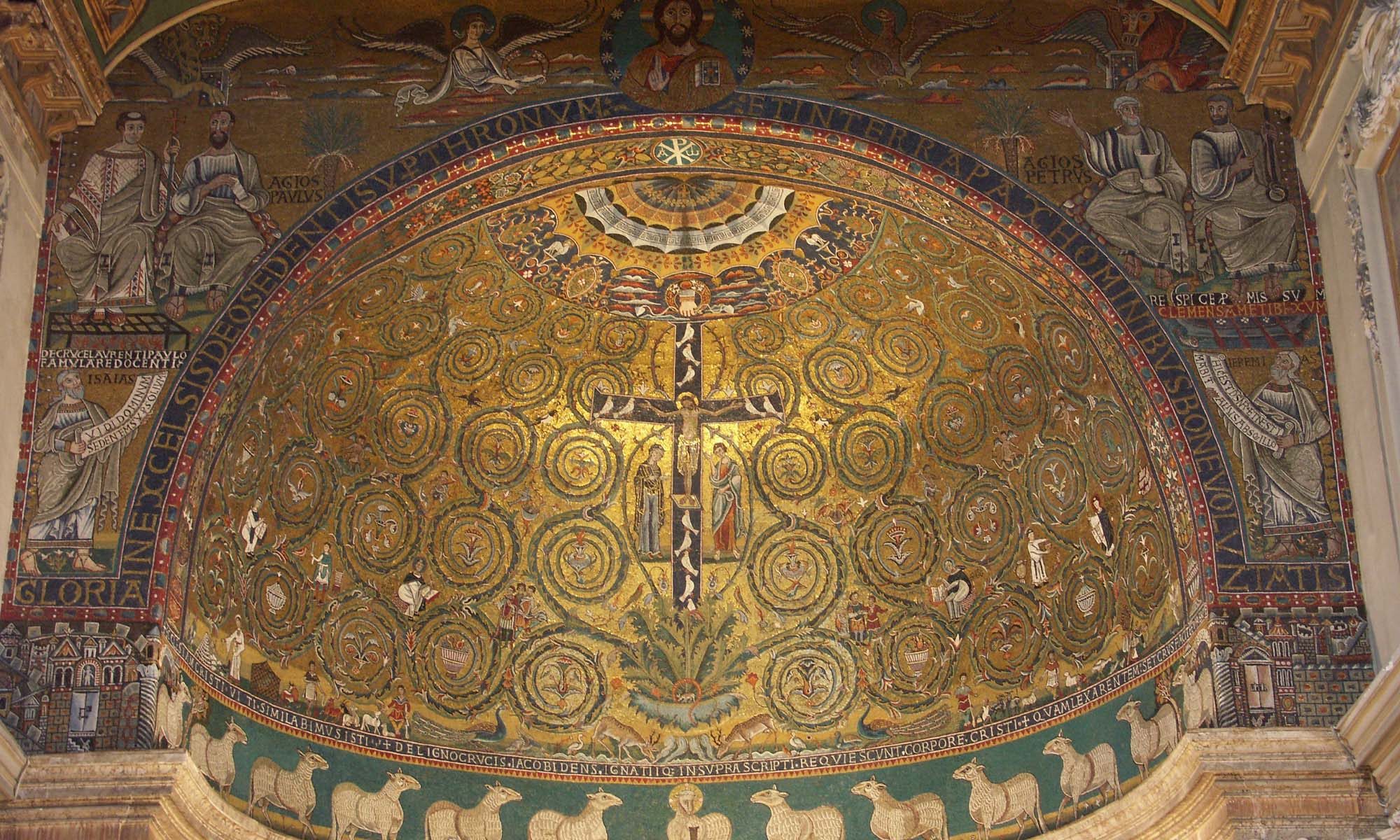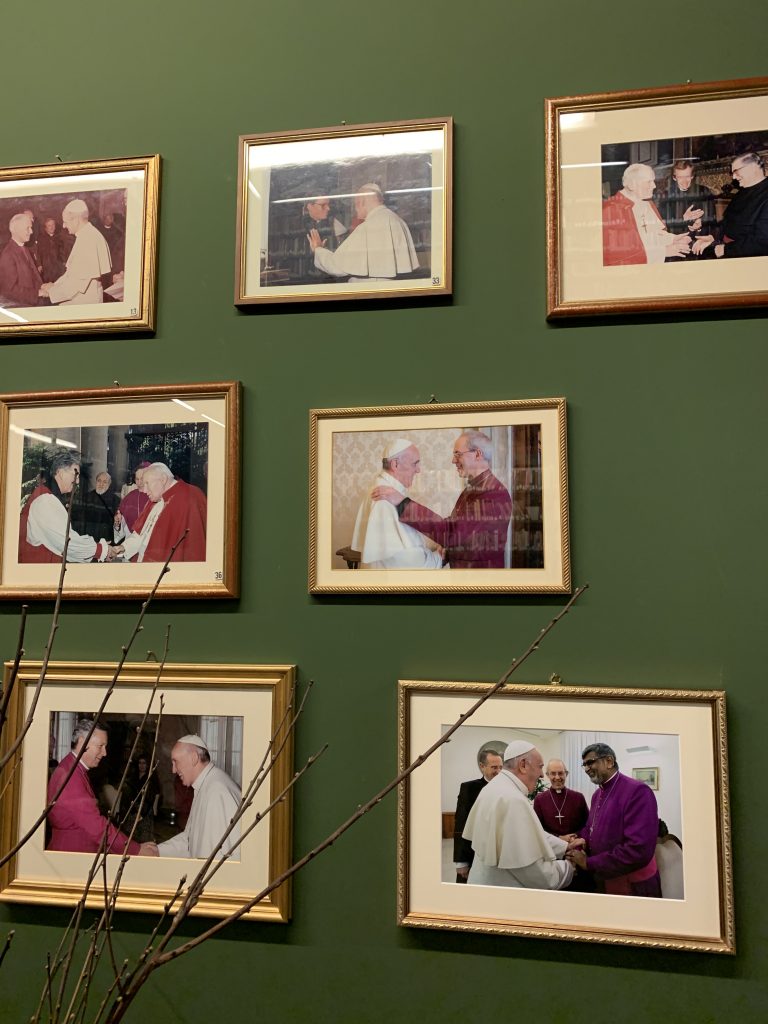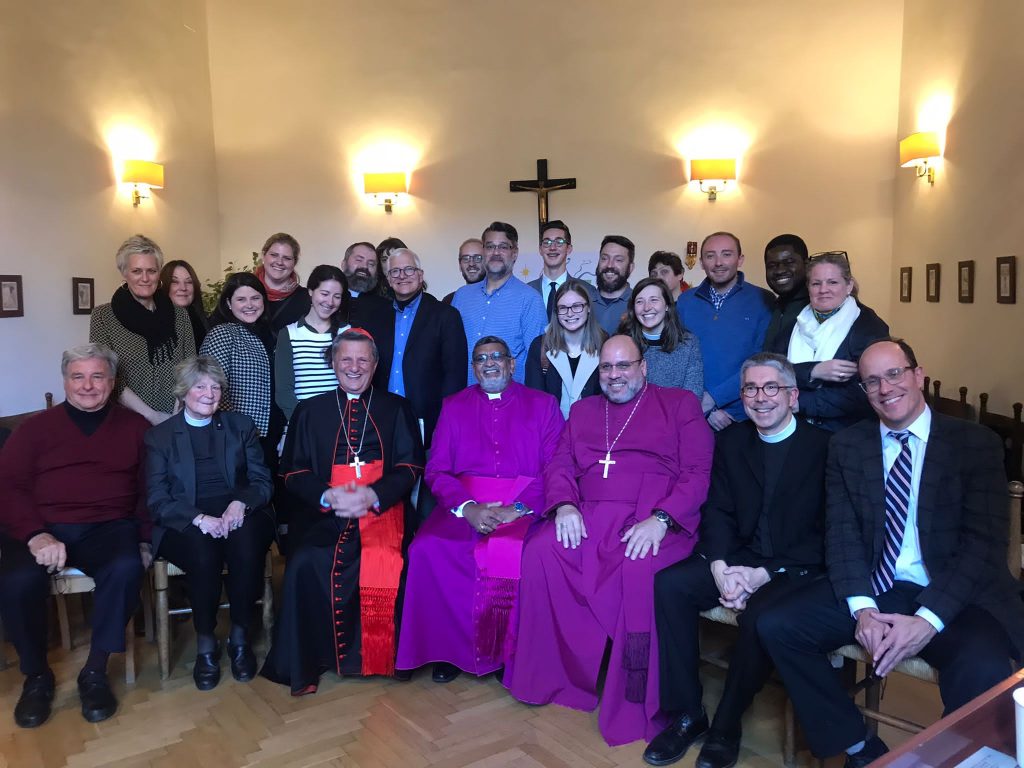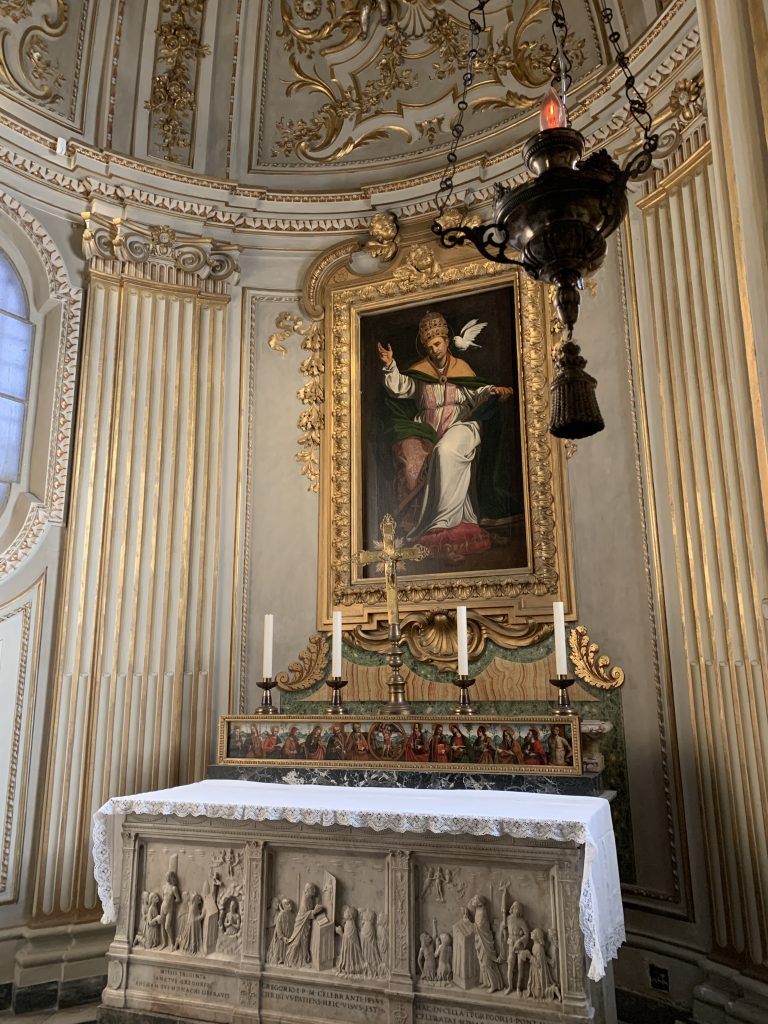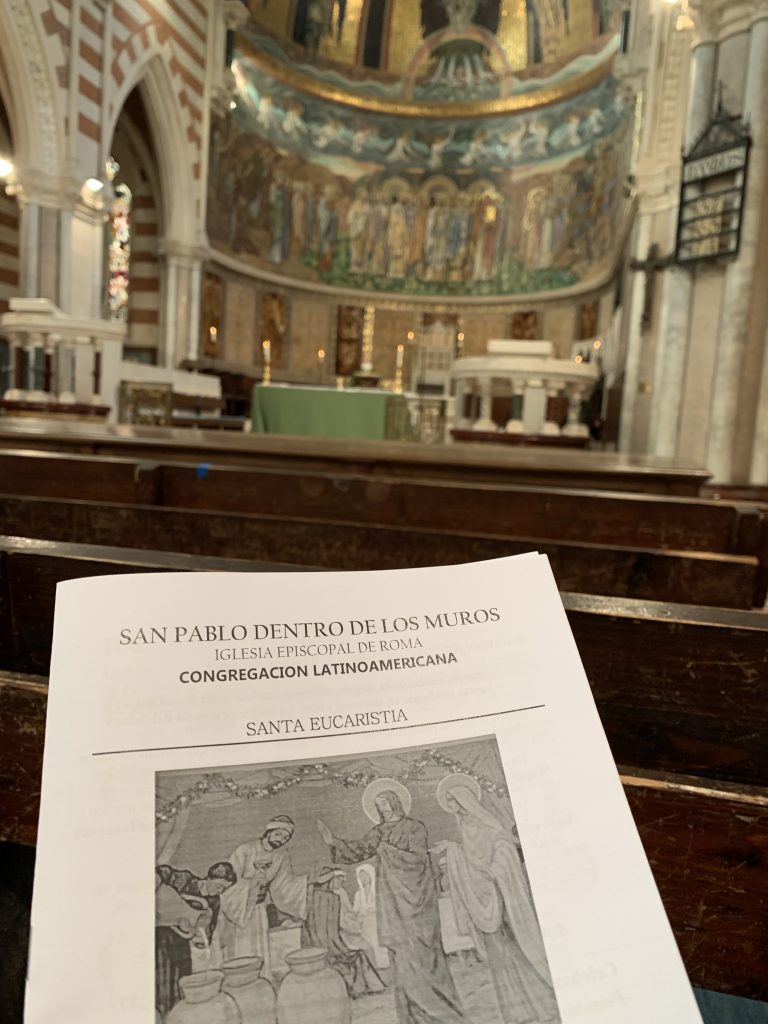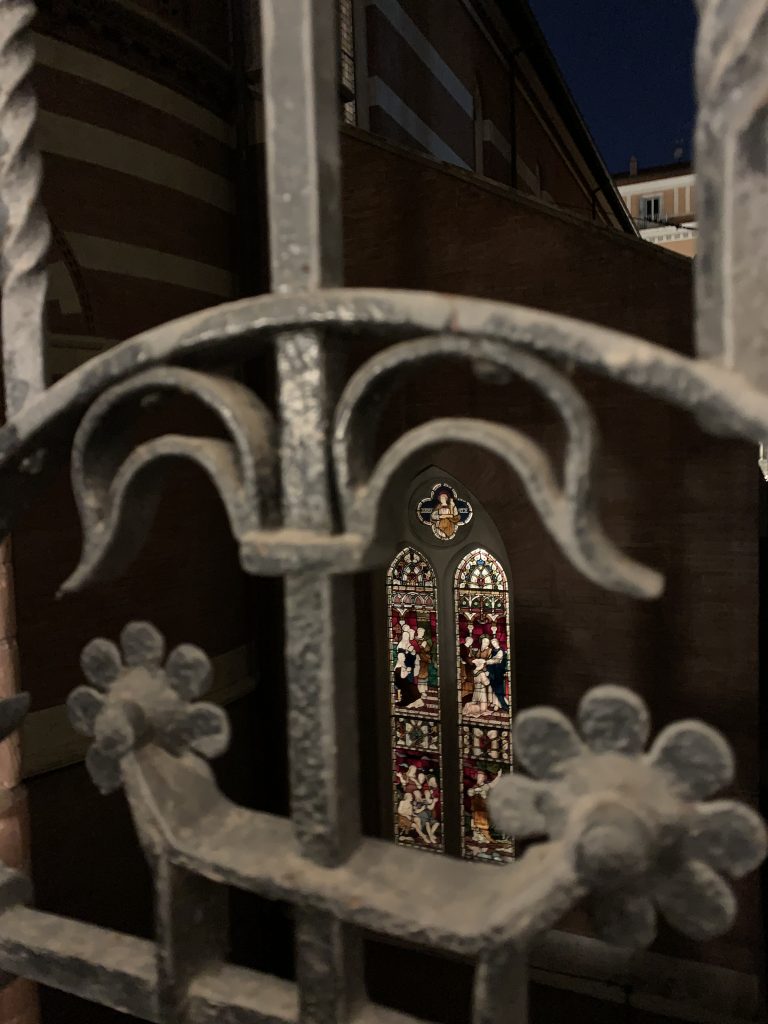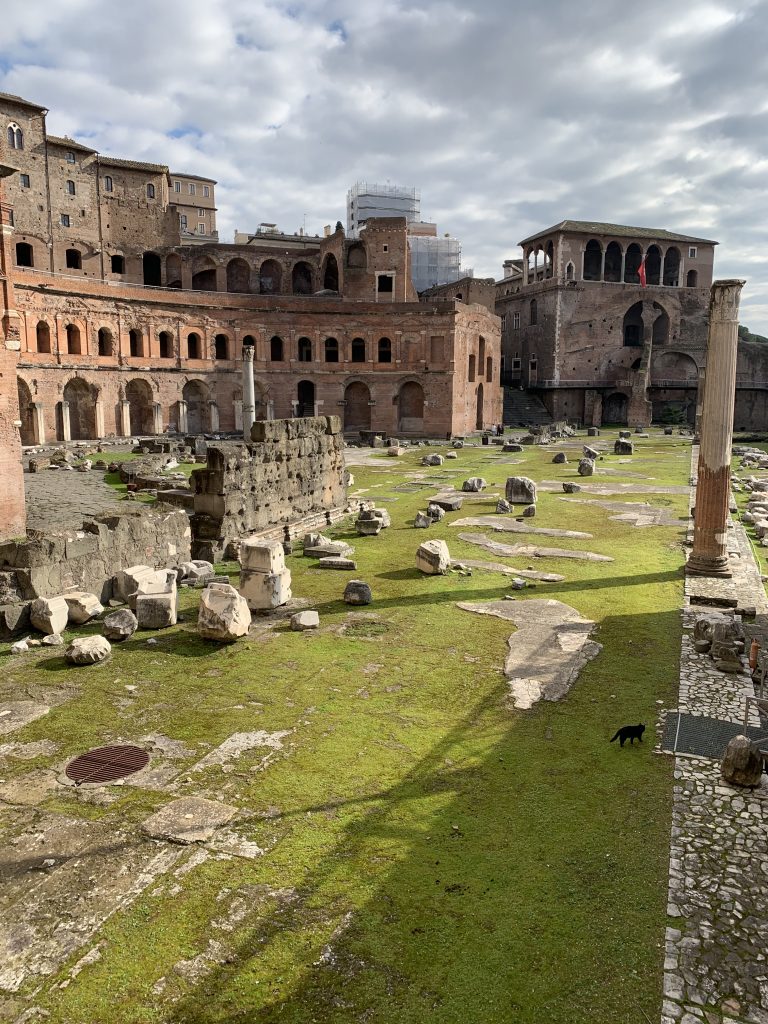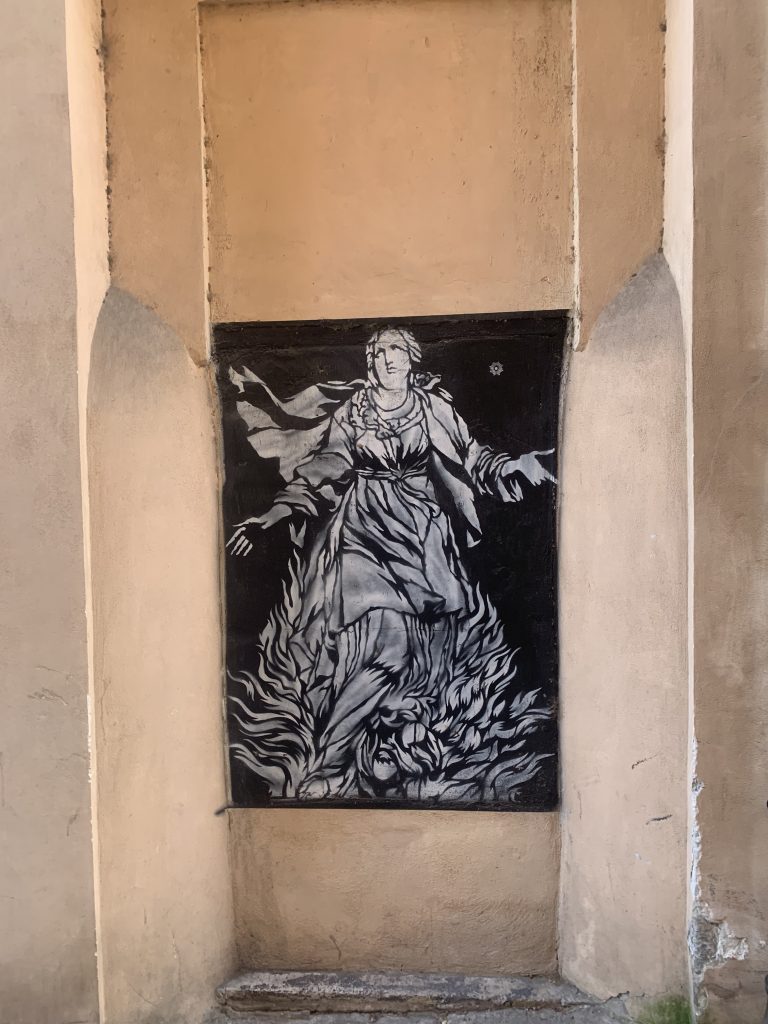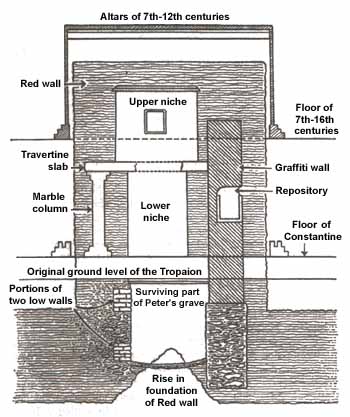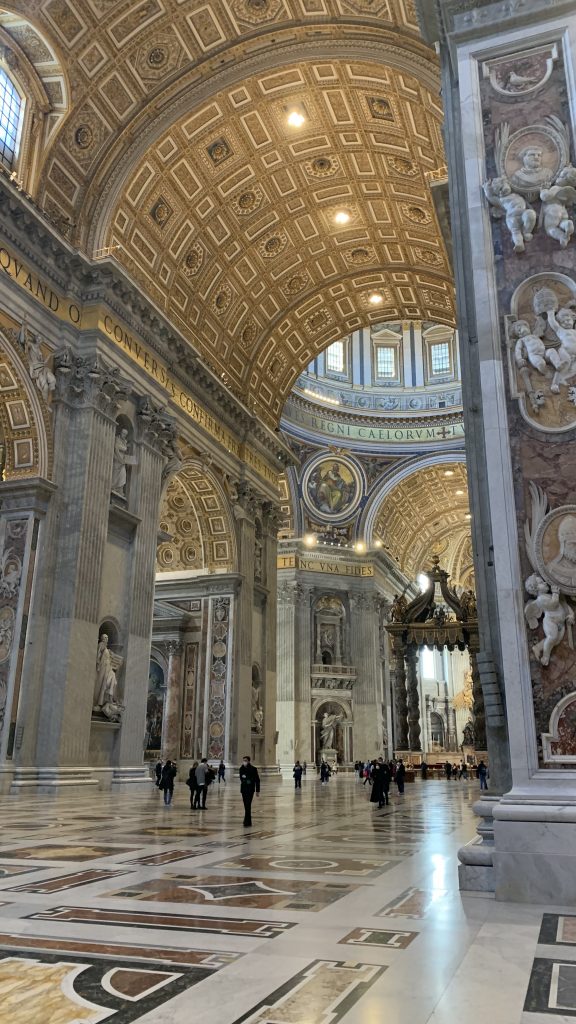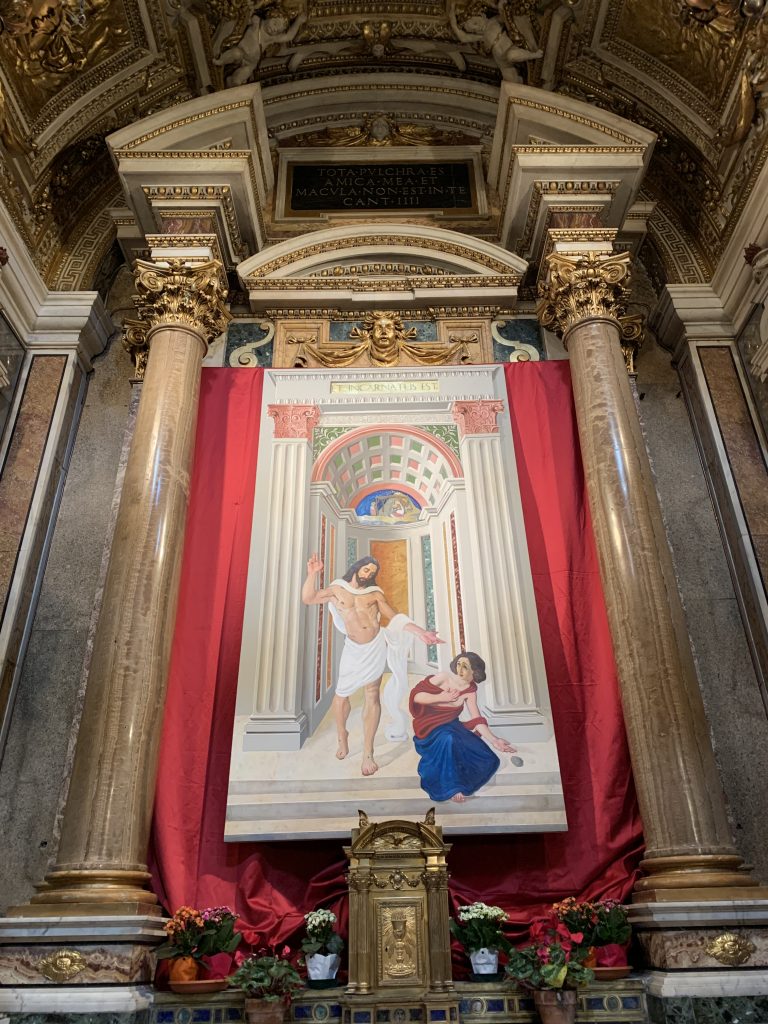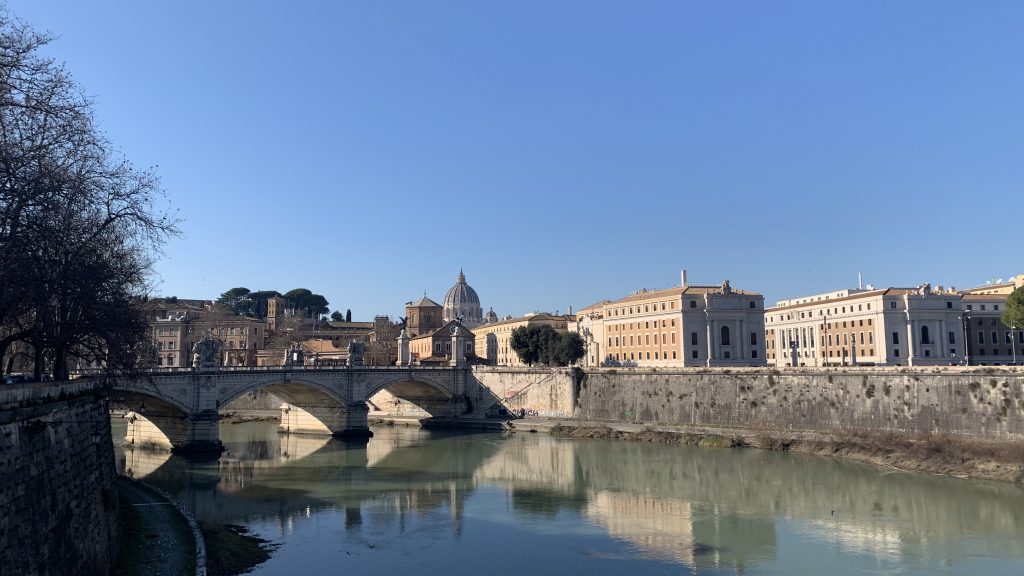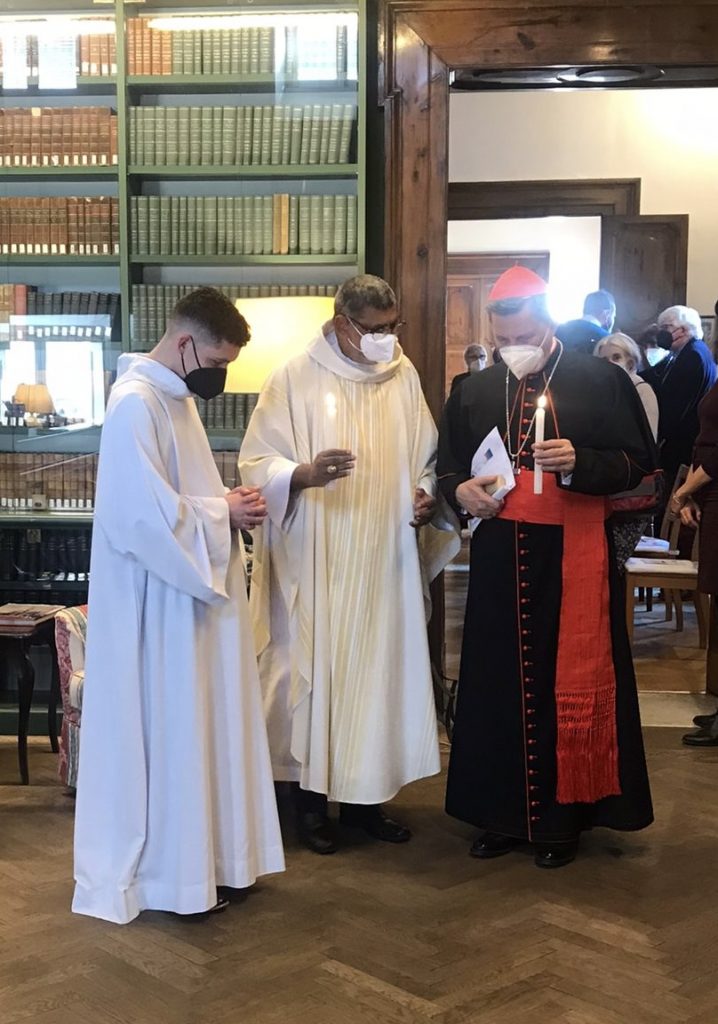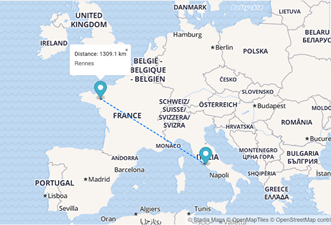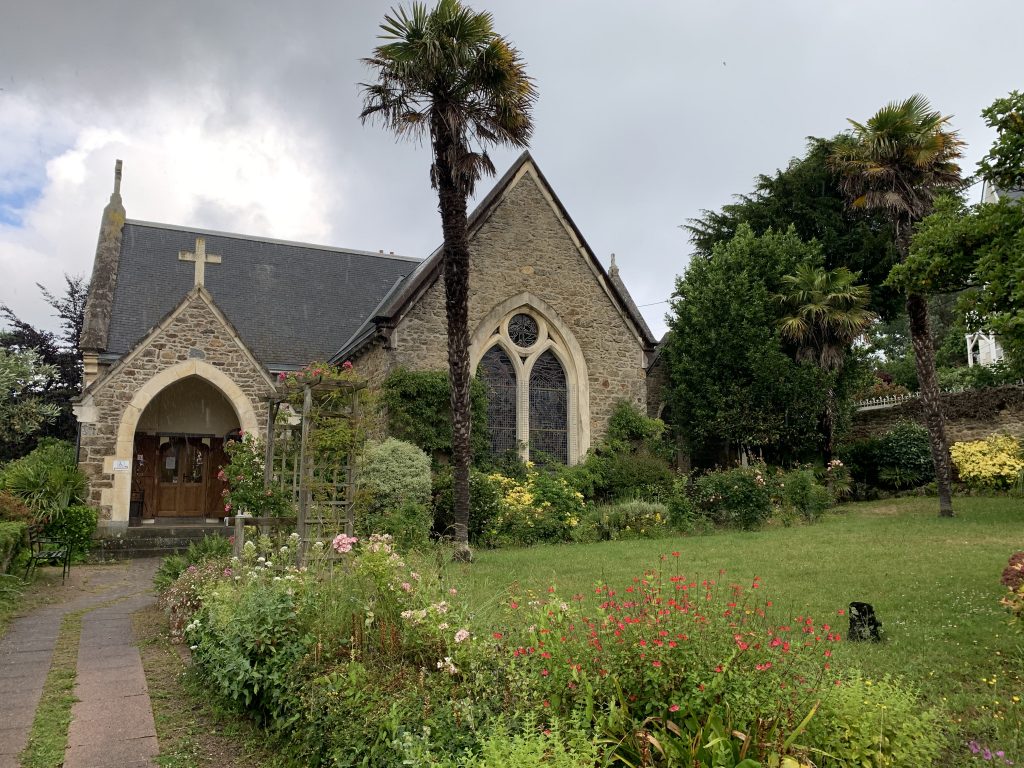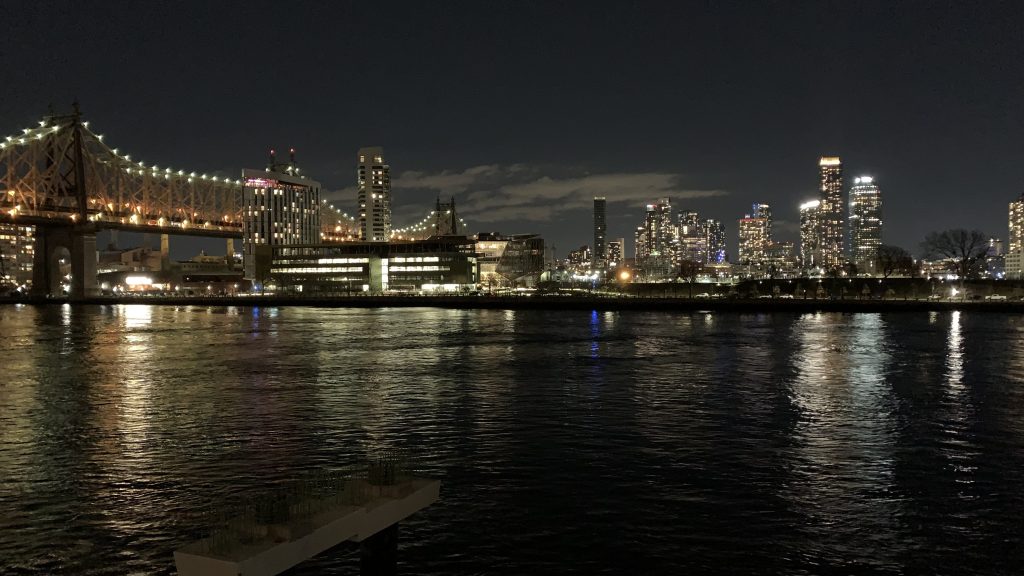Pendant la Semaine de prière pour l’unité des chrétiens nous avons rendu visite à plusieurs institutions et communautés catholiques où nous avons été très chaleureusement accueillis.

La visite qui m’a le plus marquée est celle que nous avons faite à la Communauté Sant’Egidio dans la paroisse de Santa Maria in Trastevere. La communauté de Sant’ Egidio est une œuvre de laïcs catholiques fondée en 1968 juste après le concile Vatican II qui a amorcé une grande période de renouveau et de ressourcement dans l’Eglise catholique romaine.
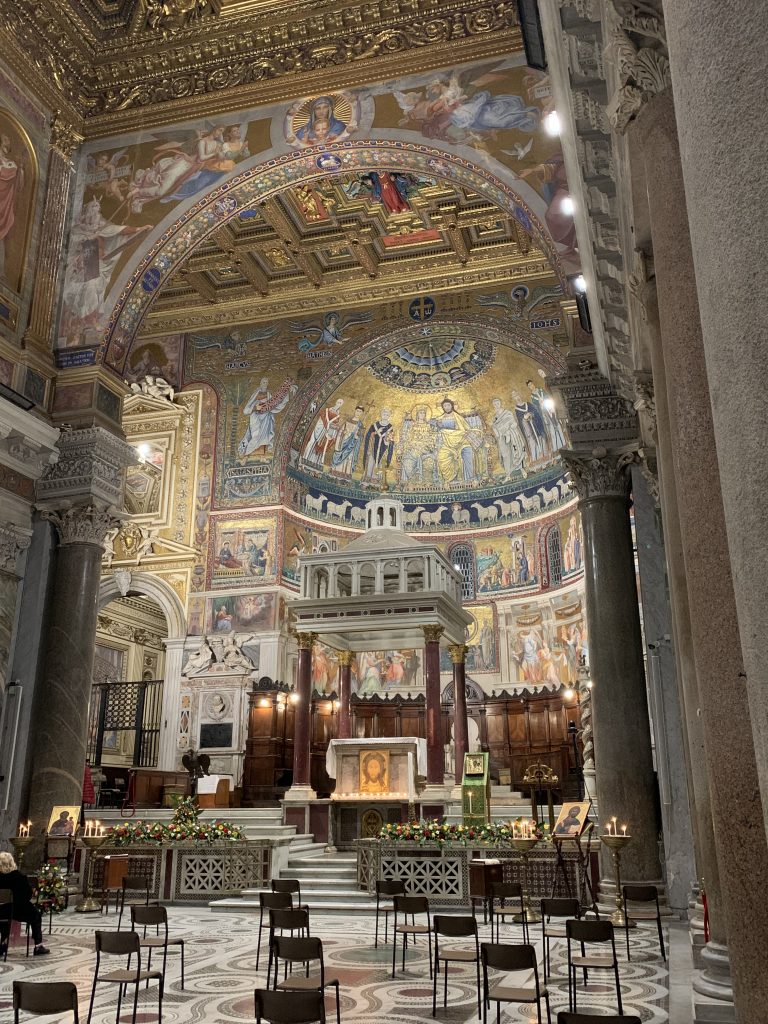
Ses fondateurs à l’époque étaient des adolescents qui aspiraient à vivre dans une communauté sur le modèle des Actes des Apôtres et le ministère de Saint François d’Assise. Tous les soirs ils se réunissaient pour prier et aider les plus démunis durant les années d’après-guerre où de nombreux romains vivaient encore dans des bidonvilles. Par la suite la communauté s’est étendue jusqu’à devenir internationale et s’est diversifiée dans son travail d’assistance et de réconciliation résumé. On résume sa vocation à trois P :
- Preghiera (la prière) : c’est l’œuvre principale de la communauté, fondée sur l’écoute de la parole de Dieu et l’intercession.
- Poveri (les pauvres) : ils sont les frères, les sœurs et les amis de la communauté. Comme le définit leur site « L’amitié avec ceux qui sont dans le besoin – personnes âgées, sans domicile, migrants, personnes handicapées, détenus, enfants des rues et des périphéries – est un trait caractéristique de la vie de ceux qui participent à Sant’Egidio sur les différents continents. »
- Pace (la paix) : « La conscience que la guerre est la mère de toutes les pauvretés a conduit la Communauté à travailler pour la paix, en la protégeant là où elle est menacée, en aidant à la reconstruire, en facilitant le dialogue là où il s’est arrêté. Le travail pour la paix est vécu comme une responsabilité des chrétiens, et constitue une partie du service global à la réconciliation et à la fraternité qui se concrétise notamment dans l’engagement œcuménique et le dialogue interreligieux dans « l’esprit d’Assise ». »
Comme nous l’a expliqué avec humour et éloquence un des membres, faire partie de Saint’Egidio n’a rien d’un « ministère » mais c’est une « vocation », car ce qui compte en premier lieu c’est d’être « disponible et présent aux blessures et aux plaies de ce monde, quelles qu’elles soient ». C’est pour ça que la communauté ne s’est pas limitée à un seul type de service. Dans tous les cas, la communauté est rassemblée par la prière de manière quotidienne, le soir, dans un esprit de liberté et de libre participation qui témoigne de l’influence de la pensée libertaire des années 1960 et des mouvements de libération comme la communauté catholique de Solentiname, initiée par Ernesto Cardenal au Nicaragua.
Sant Egidio a pour vocation de se trouver à la marge de la société dans laquelle ils sont présents et où se trouvent toujours les plus vulnérables. La communauté agit pour rétablir leur santé et leur dignité, manifestant ainsi l’unité et la paix que Jesus-Christ offre à tous ceux qu’on a exclus ou rejetés. Jésus nous le rappelait dans l’évangile dimanche dernier :
« Je vous le déclare, c’est la vérité : aucun prophète n’est bien reçu dans sa ville natale. De plus, je peux vous assurer qu’il y avait beaucoup de veuves en Israël à l’époque d’Élie, lorsque la pluie ne tomba pas durant trois ans et demi et qu’une grande famine sévit dans tout le pays. Pourtant Dieu n’envoya Élie chez aucune d’elles, mais seulement chez une veuve qui vivait à Sarepta, dans la région de Sidon. Il y avait aussi beaucoup de lépreux en Israël à l’époque du prophète Élisée ; pourtant aucun d’eux ne fut guéri, mais seulement Naaman le Syrien. » (Luc 4:24-27)
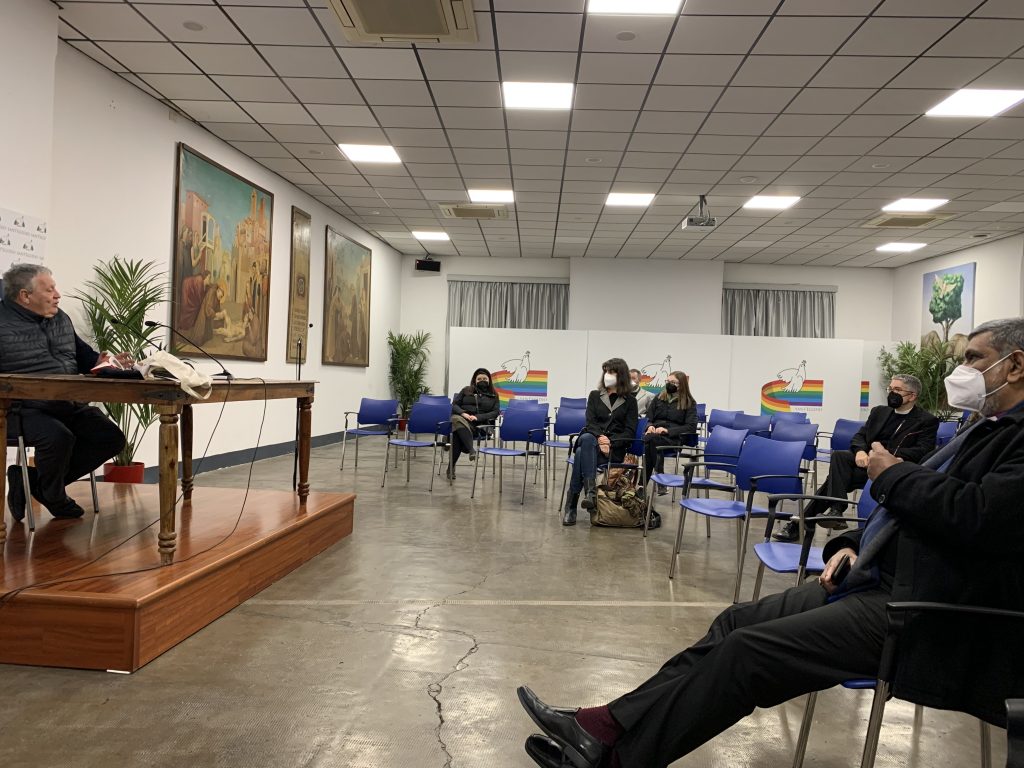
La prière et le service des plus pauvres travaillent à la paix du Royaume. L’unité à laquelle nous sommes appelés dans notre vie de chrétiens se construit patiemment. Claudio Betti qui nous a présenté l’association insistait bien sur le fait que des programmes et des comités sont peu de choses si on ne prend pas le temps et qu’on n’a pas la patience — toute divine ! — de tisser des liens d’amitié pour travailler à la guérison et la réconciliation de notre monde. C’est avec une patience analogue à la patience géologique que se rétablit l’unité du Royaume de Dieu. Et c’est pourquoi chaque geste, chaque goutte d’eau, chaque brise compte.
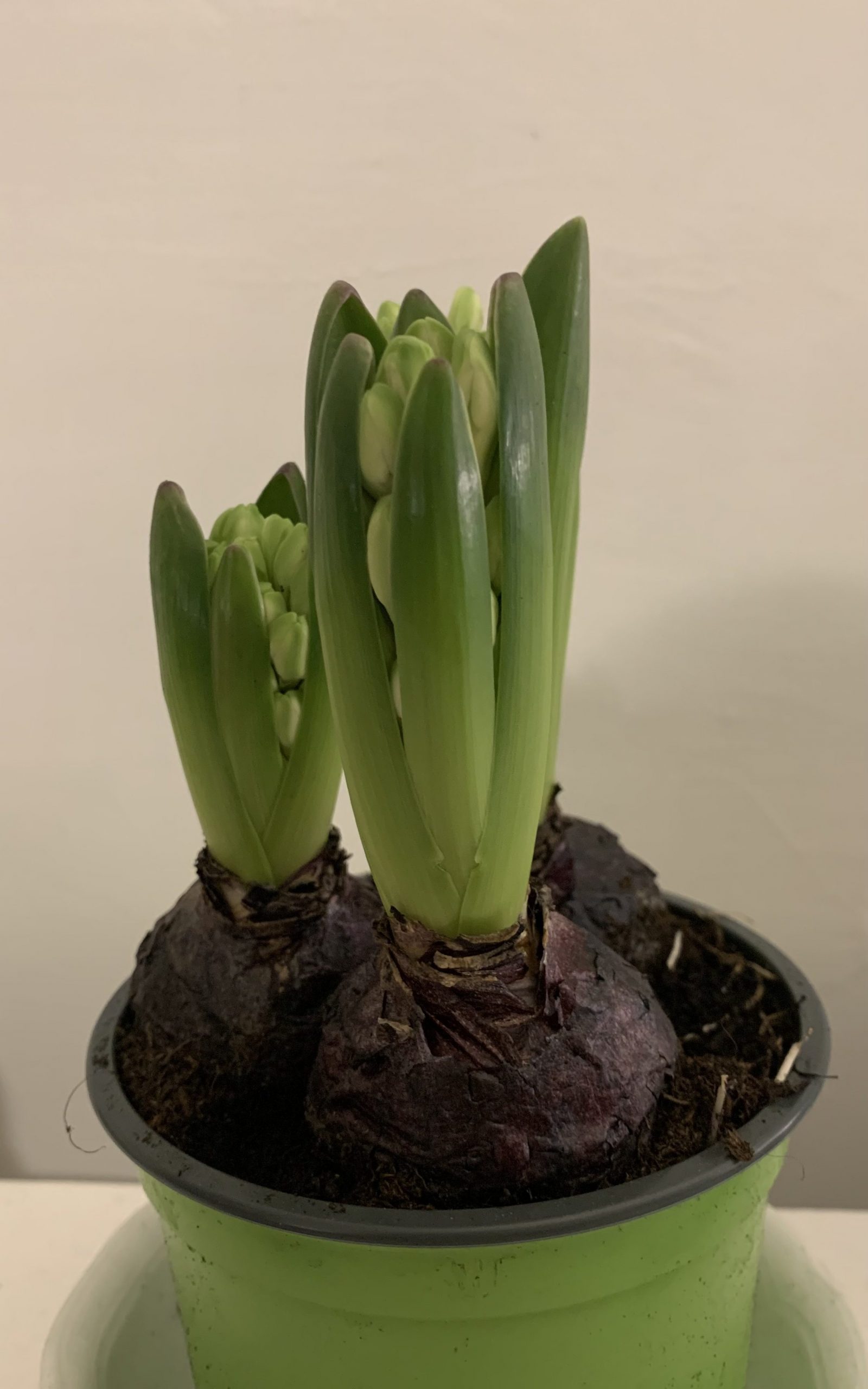
Site de la communauté de Sant’ Egidio :
